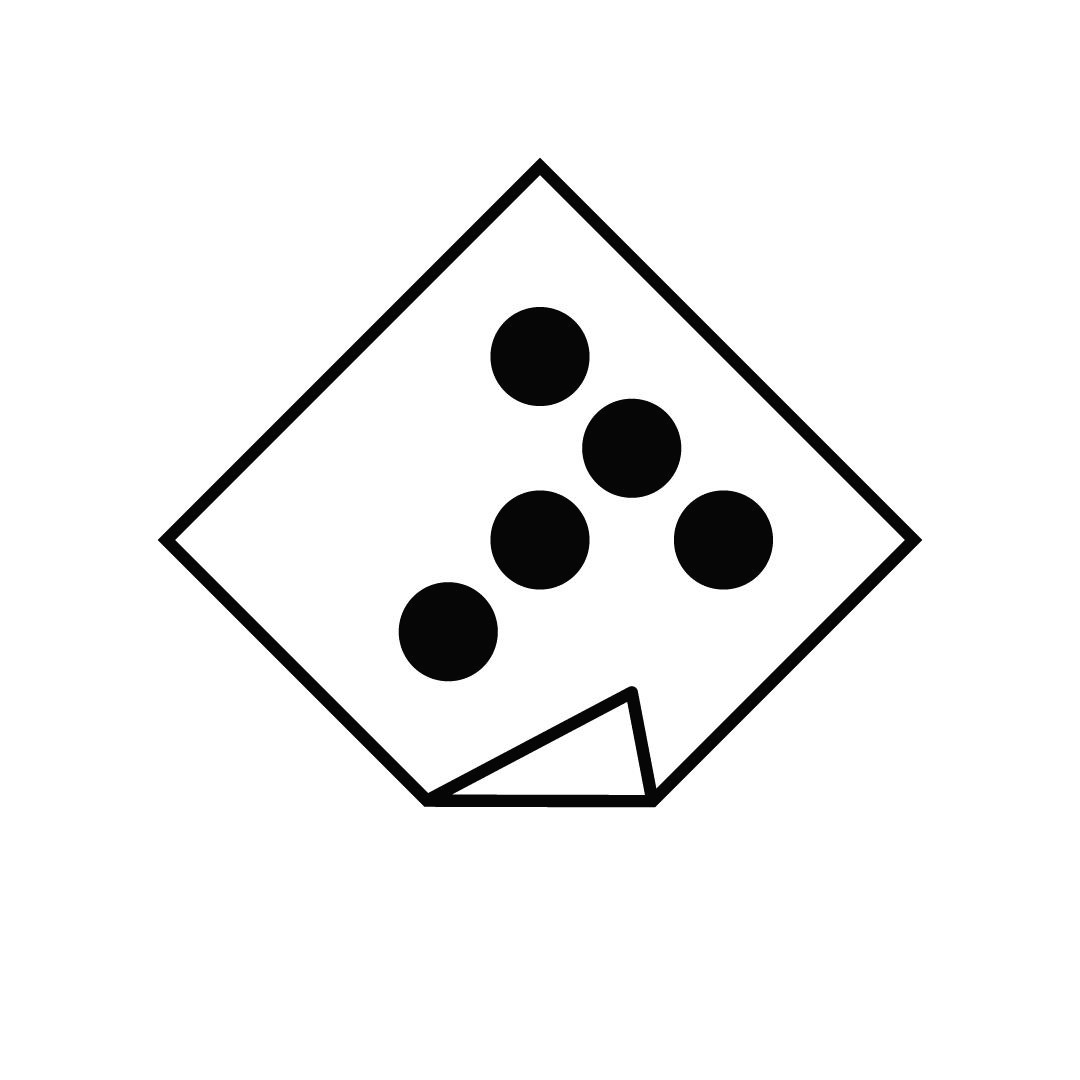컴굥일지
[Django Study 03] Django Template - extends, include로 HTML 만들기 본문
프로그래밍 강의/Django
[Django Study 03] Django Template - extends, include로 HTML 만들기
gyong 2022. 4. 12. 02:33반응형
[장고 Template의 extends, include 구문과 render 함수]
장고 Template에서 자주 쓰이는 구문 ⇒ extends, include
extends
- 미리 만들어둔 HTML 템플릿이 있는데, 이것을 가져와서 나머지 내용들을 채워나가는 방식
include
- 만들고 있는 html 파일에 조그만 조각들을 가져와서 템플릿에 박아 넣는 방식
⇒ extends로 바탕을 만들고, include로 내용을 채워나간다.
실습
templates폴더를 새로 생성하고 그 안에 base.html을 만든다.
accountapp/views.py파일에서 templates/base.html을 사용하기 위해 settings.py를 수정한다.
# pragmatic/settings.py TEMPLATES = [ { 'BACKEND': 'django.template.backends.django.DjangoTemplates', 'DIRS': [os.path.join(BASE_DIR,'templates')], # 여기 추가 'APP_DIRS': True, 'OPTIONS': { 'context_processors': [ 'django.template.context_processors.debug', 'django.template.context_processors.request', 'django.contrib.auth.context_processors.auth', 'django.contrib.messages.context_processors.messages', ], }, }, ]위와 같이 DIRS에 os.path.join(BASE_DIR,”폴더이름”)을 추가해준다.
hello_world()를 수정해준다.
#accountapp/views.py def hello_world(request): render(request, "base.html") #render(request, "가져오는 html 이름")
[include/extends/block 구문을 이용한 뼈대 html 만들기]
base.html에서 html의 head부분과 body 부분을 나누어 주고자 한다.
또한 body 부분에서 header/content/footer를 나누고자 한다.
- head, header, footer는 내용이 거의 고정적이므로 include를 사용
- content 부분은 extends를 사용한다.
<!-- templates/body.html -->
<!DOCTYPE html>
<html lang="ko">
{% include 'head.html' %}
<body style="font-family: 'NanumSquare';">
{% include 'header.html' %}
<hr>
{% block content %}
{% endblock %}
<hr>
{% include 'footer.html' %}
</body>
</html>- include : {% include “파일명” %} 로 입력하면 된다.
- extends: {% block 블럭이름 %}을 쓰고 어디까지가 블럭인지 {% endblock %}로 나타낸다.
<!-- templates/head.html -->
<head>
<meta charset="UTF-8">
<title>PRAGMATIC</title>
</head>include할 파일은 그냥 원래 html에 쓰던 것처럼 해당 부분을 작성하면 된다.
<!-- accountapp/templates/accountapp/hello_world.html -->
{% extends "base.html" %}
{% block content %}
<h1>
Hello World!
</h1>
{% endblock%}extends 하는 파일은 위와 같이 코드를 작성해야 한다.
- 먼저 맨 위에 {% extends "base.html" %} 를 작성한다.
- 그리고 {% block 블럭이름 %}과 {% endblock %} 사이에 내용을 적으면 된다.
//참고로 templates파일 안에 앱이름으로 된 파일을 하나 더 만들고 html파일을 만든 이유는, 가독성을 높이기 위함이다. (아래와 같이 쓰기 위함)
#accountapp/views.py
def hello_world(request):
render(request, "accountapp/hello_world.html") [출처] 작정하고 장고! Django Pinterest 따라만들기 : 바닥부터 배포까지
섹션 1. Django Tutorial (8강 ~ 9강)
반응형
'프로그래밍 강의 > Django' 카테고리의 다른 글
| [Django Study 05] Model, DB 연동, HTTP 프로토콜(GET, POST), DB 데이터 저장 (0) | 2022.04.14 |
|---|---|
| [Django Study 04] Style and CSS (0) | 2022.04.13 |
| [Django Study 02] Django 시작 & Gitignore (0) | 2022.04.11 |
| [Django Study 01] Django Intro (0) | 2022.04.07 |
| [Django Study 00] Django Study 시작 (0) | 2022.04.06 |
Comments
